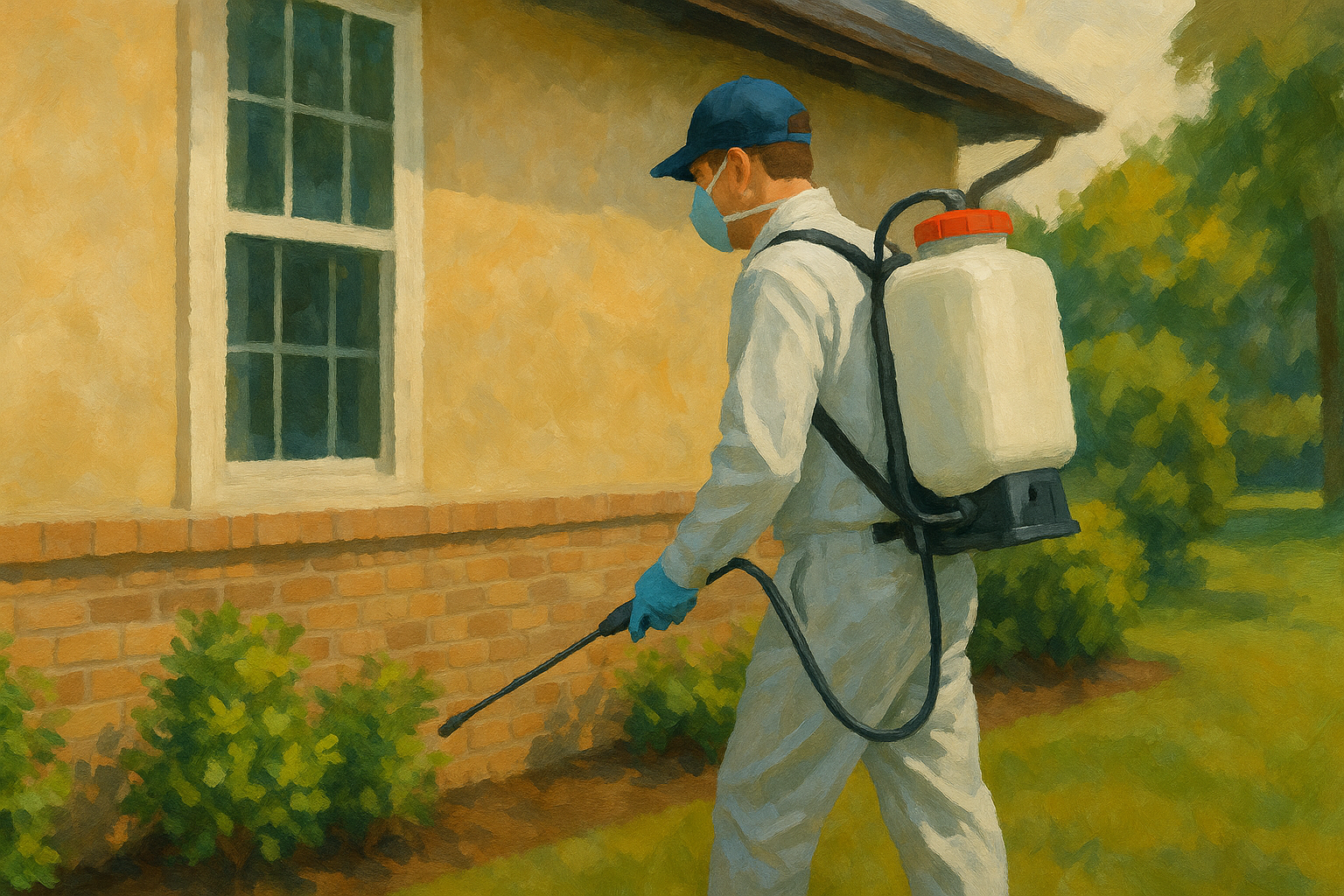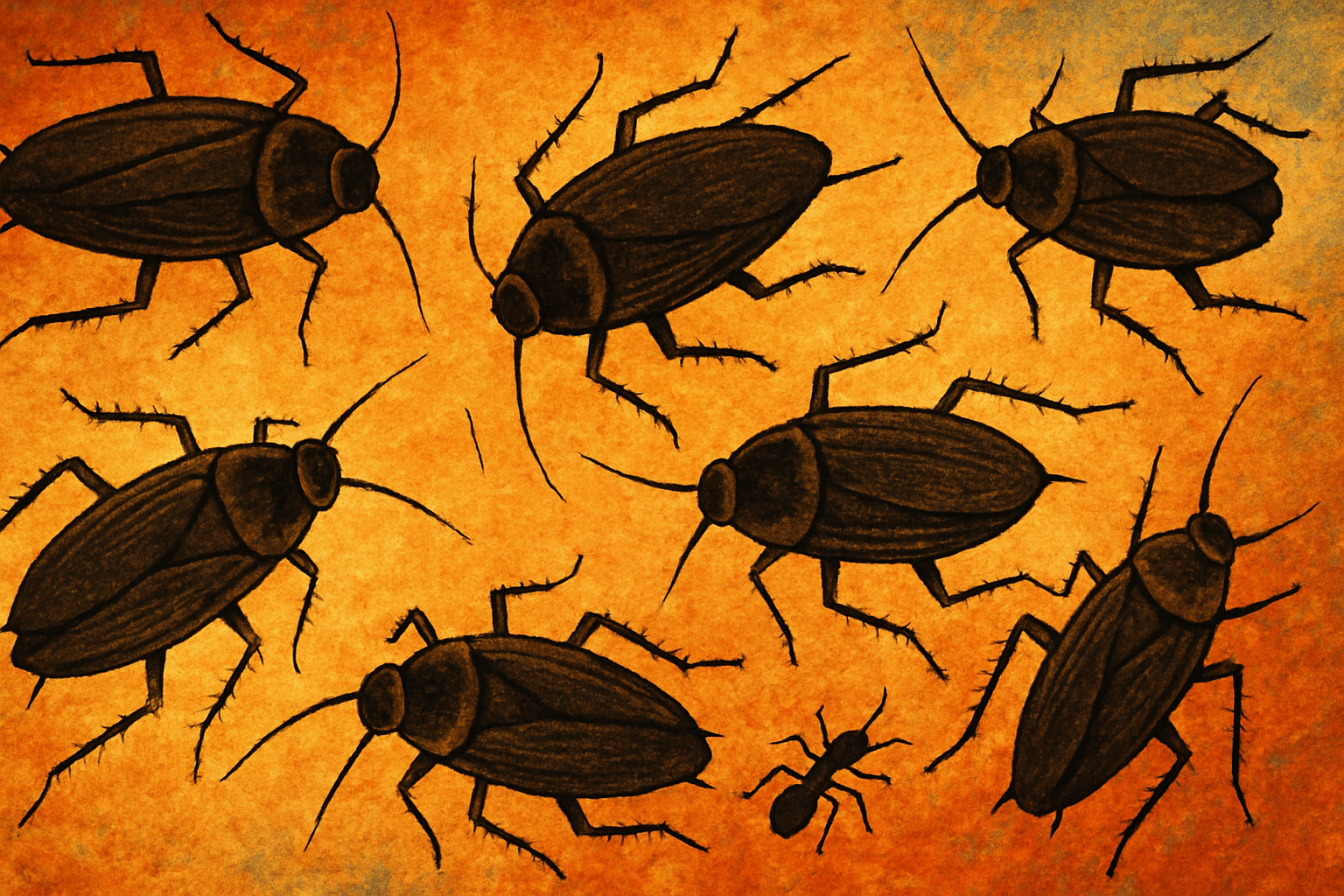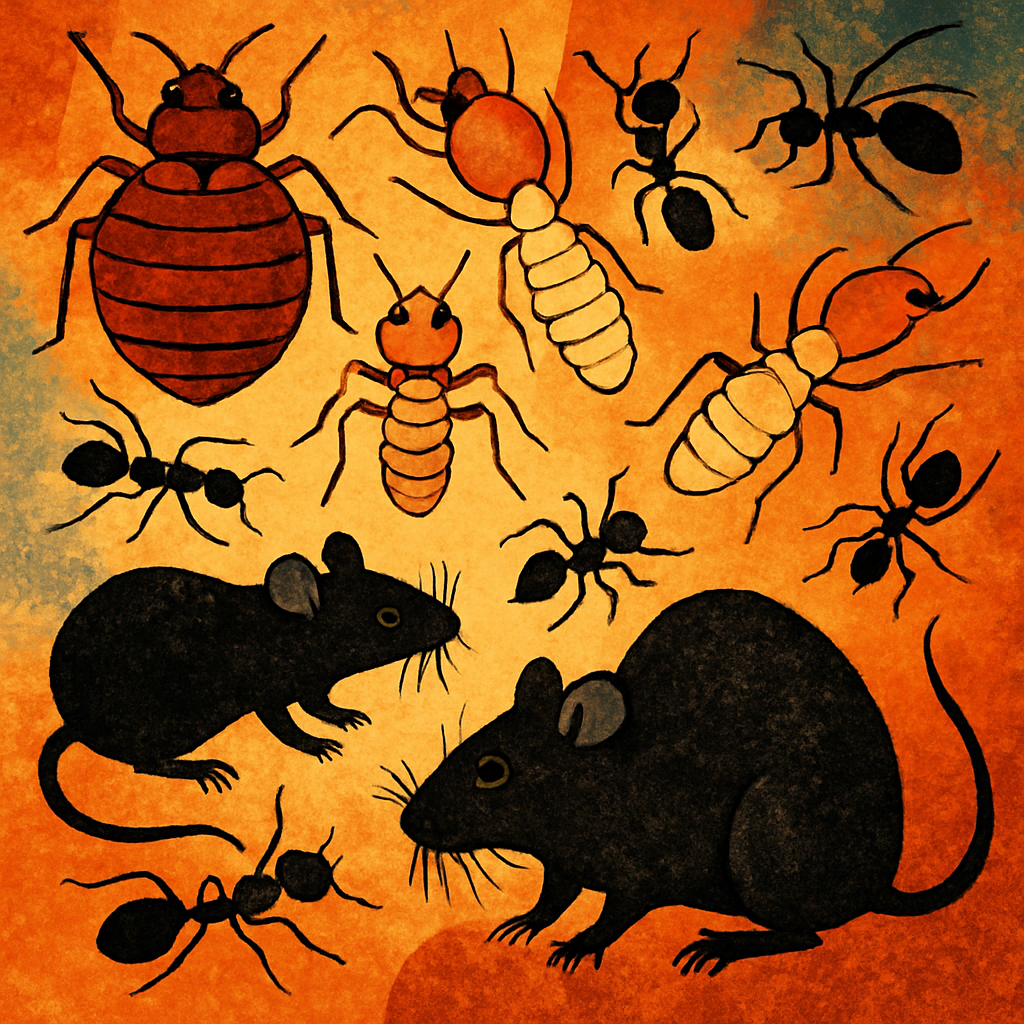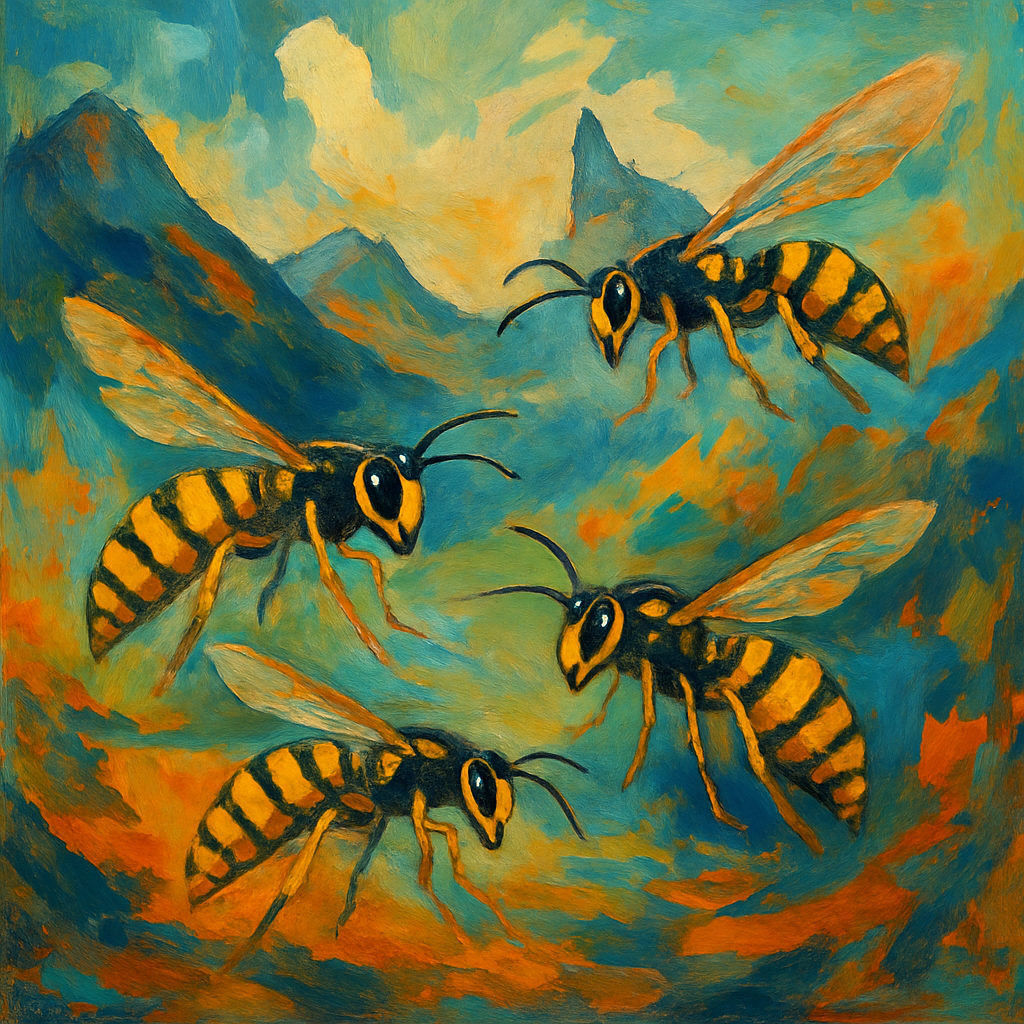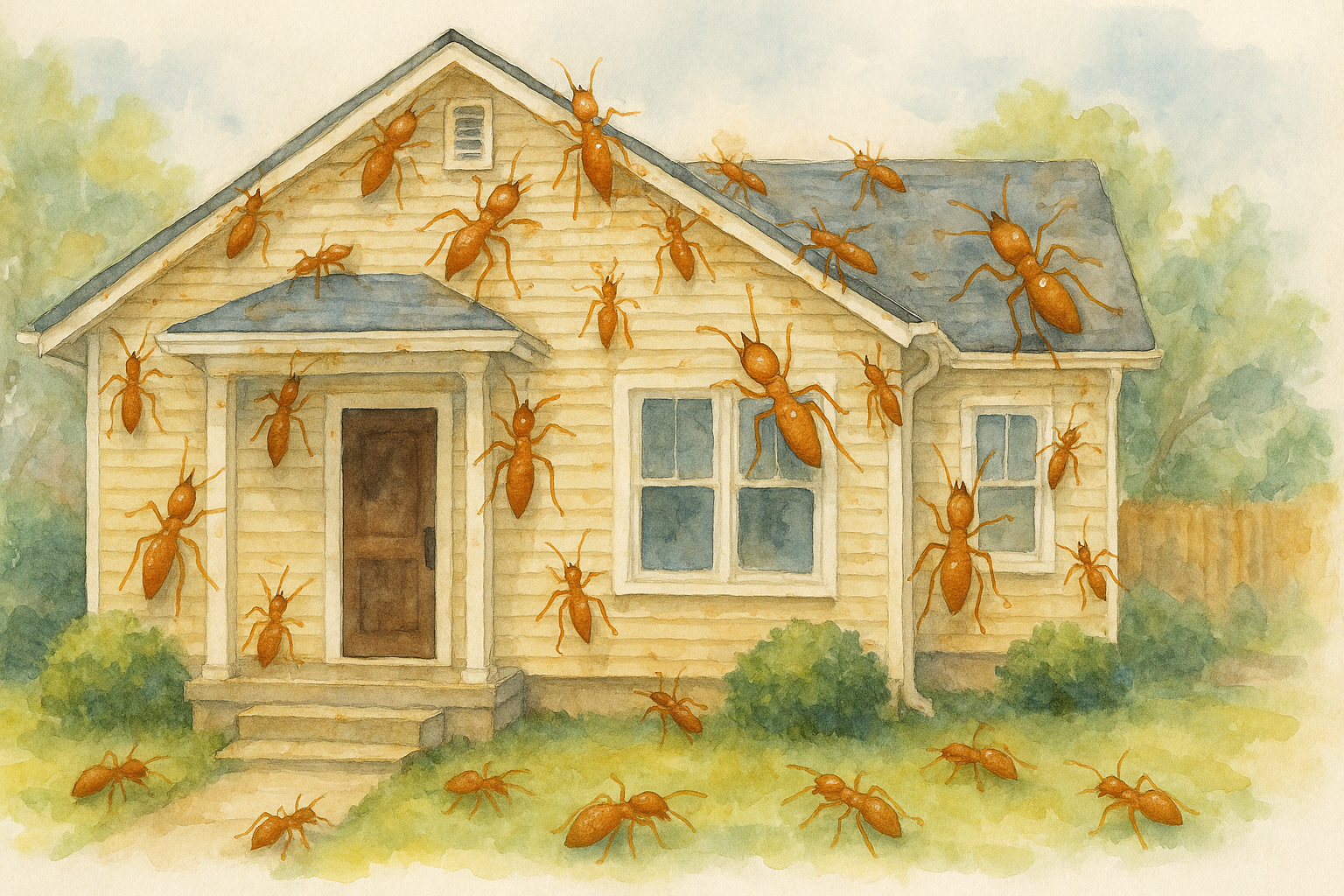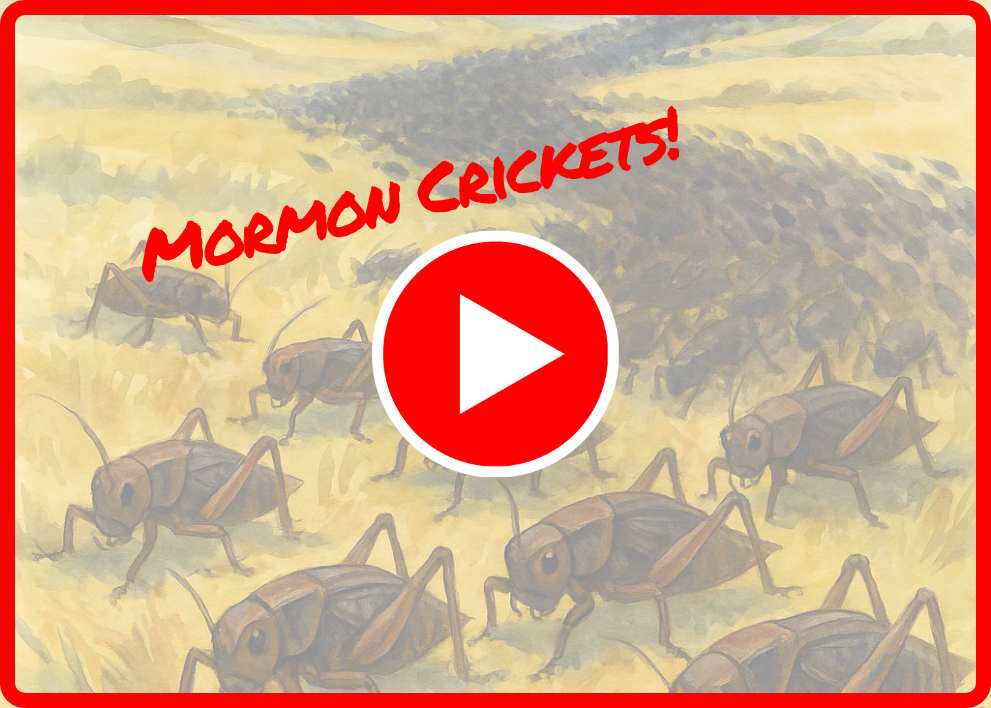Fruitland, Idaho, is a city rich in agricultural heritage, located along the Snake and Payette rivers in the Treasure Valley of southwestern Idaho. Its name reflects the bountiful apple orchards that surround the area, and it has earned the nickname "The Big Apple of Idaho." Fruitland's strategic location along U.S. Route 95 and its proximity to the Oregon border have made it an important community within the Ontario Micropolitan Area.

Early History and Founding
The development of Fruitland began in the early 1900s as settlers were drawn to the fertile lands along the Snake River. With irrigation projects transforming arid landscapes into productive farmland, the region soon became known for its abundant apple orchards. Agriculture played a key role in the town's establishment, and Fruitland’s early settlers dedicated themselves to cultivating orchards and farmlands that would become the backbone of the local economy.
Fruitland was officially incorporated as a city, and its name was chosen to reflect the surrounding orchards that produced a variety of fruits, especially apples. The city's slogan, “The Big Apple of Idaho,” reflects its pride in this agricultural tradition.
Growth and Development
In the mid-20th century, Fruitland experienced gradual growth, with its population increasing from 573 residents in 1950 to over 1,500 by 1970. This growth was largely driven by the continued success of local agriculture and the town’s proximity to Ontario, Oregon, and other communities in the Treasure Valley.
The 1980s and 1990s saw a steady increase in population, with more people moving to the area as the economy diversified. By 2000, Fruitland’s population had reached 3,805 residents. The expansion of irrigation systems and improvements in farming techniques allowed the local agriculture industry to thrive, while the development of infrastructure attracted families and businesses to the area.
Economic Influence of Agriculture
Agriculture has always been the cornerstone of Fruitland’s economy. The city’s location within the Snake River watershed, coupled with its fertile soil, has allowed generations of farmers to grow crops such as apples, cherries, and various vegetables. The abundance of orchards not only provided economic stability but also shaped the identity and culture of the town.
While Fruitland is no longer solely dependent on agriculture, the industry continues to influence the region. Many of the city’s seasonal events and community gatherings revolve around harvests and the celebration of locally grown produce.
Modern Growth and Demographics
By the 21st century, Fruitland had transformed into a thriving suburban community with modern amenities while still maintaining its small-town charm. According to the 2010 census, the population had grown to 4,684, reflecting the increasing desirability of the area for families seeking a quiet, rural lifestyle close to urban centers like Boise, Idaho, and Ontario, Oregon.
As of the 2020 census, Fruitland's population had grown to 6,072 people. The city has seen a growing Hispanic/Latino community, which accounted for nearly 25% of the population. This diverse population has enriched the town’s cultural landscape, bringing new traditions, food, and perspectives to the city’s already strong sense of community.
The Future of Fruitland
Today, Fruitland is a growing town that continues to honor its agricultural roots while expanding its services and infrastructure. The city's location near major highways makes it an attractive destination for residents and businesses alike, while the surrounding natural beauty of the Snake and Payette rivers offers recreational opportunities for outdoor enthusiasts.
Despite its growth, Fruitland remains committed to preserving its agricultural heritage and maintaining a close-knit community atmosphere. As the city continues to grow, it is expected to retain the qualities that have made it an appealing destination for those seeking a blend of rural charm and modern convenience. For example, in the past few years, businesses like Bigfoot Pest Control that provides pest control services in Fruitland, have come up and made lives better.
With its unique history, strong community, and continued growth, Fruitland, Idaho, is a town that celebrates its past while looking forward to a bright future.
Contact Today For $100 Off Your Initial Service!
⭐⭐⭐⭐⭐
Backed by our Bigfoot Guarantee!
What Customers Are Saying:
"Everyone from Bigfoot is awesome. They are always on time. They're extremely thorough. I've not had a single issue in the two years they have been treating our home. Well worth it!"
T. Potter | Meridian, ID
